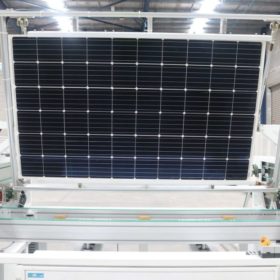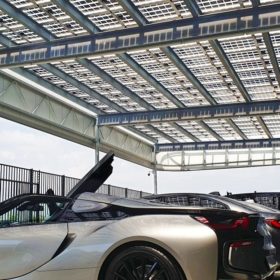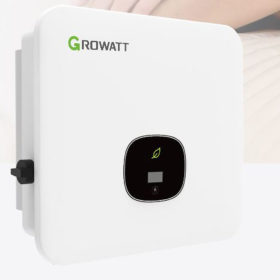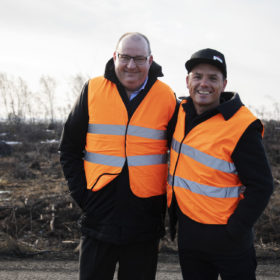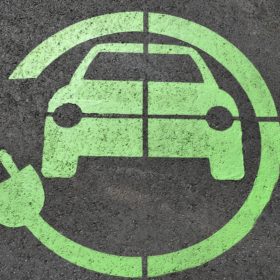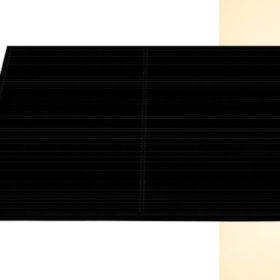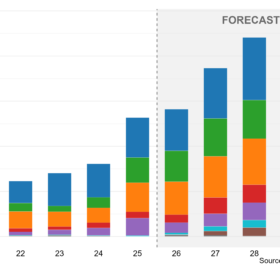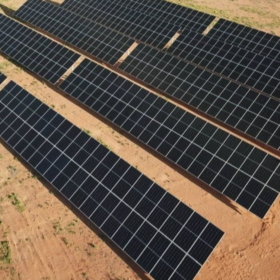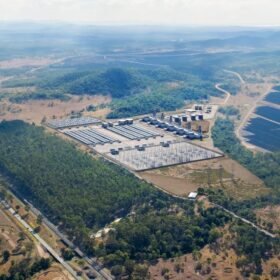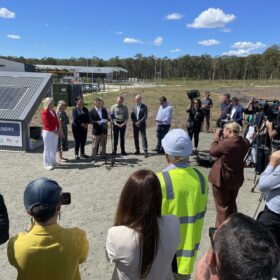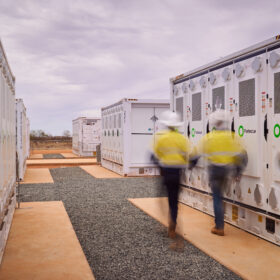French consortium develops self-cleaning solar module coating
French chemical company Axcentive and solar module manufacturer Photowatt have developed a PV panel coating based on photoactive nanotechnology. The coating relies on a super-hydrophilic surface that makes the water spread out on the module surface immediately, thus avoiding light scattering effects upon rain.
Weekend read: The pieces that make China’s PV puzzle
Last year was a disappointing period for China’s PV industry, as high module prices restrained domestic demand and the ongoing pandemic continued to cause upheaval. This year looks more promising, even though the pieces of China’s PV puzzle have yet to fall into place. But sorting through them allows for a better understanding of the world’s largest PV market, reports Vincent Shaw, pv magazine’s China correspondent.
MSquare Energy’s solar modules de-listed by CEC
MSquare Energy’s ambition to become Australia’s largest solar PV panel manufacturer has been dealt a blow with the Clean Energy Council confirming it has delisted the Sydney-based outfit’s entire module range.
Bifacial solar modules with 30% transparency rate for agrivoltaics, carports launched
Slovenian solar manufacturer Bisol is offering its new product with outputs of 260 and 300W, respectively. Front efficiencies ranges from 13.5% to 14.0% and the temperature coefficient is -0.35% per degree Celsius.
Growatt unveils new inverter for residential applications
The new device has an efficiency of up to 98.6% and a European efficiency of up to 98.1%. It features up to two maximum power point tracking (MPPT) inputs, with MPPT voltage ranging from 140-1,000V. While the inverter is currently only available in China and Europe, the company said it plans to launch it in Australia “soon.”
WA company recovering battery-grade vanadium from waste hailed by EU as on ‘cusp’ of major player status
A West Australian joint venture seeking to recover high-purity vanadium from a steel industry waste product using a carbon negative process has won the support of the European Union. “We’re not the first people to look at that project, but we’re the first people to look at it through a different lens and use this type of process,” Neometals’ General Manager of Commercial and Investor Relations, Jeremy McManus, told pv magazine Australia. The project, which is still in the early stages, is already been sought out by potential offtakers “desperate to secure green vanadium,” McManus added.
Battery supply could remain tight into next year
Analyst Wood Mackenzie has predicted soaring demand for electric vehicle devices will ensure supply will not keep pace with demand until some point in 2023.
Tesla opens gigafactory in Germany
The first Model Y electric cars have rolled off the assembly line at the US electric car manufacturer’s first European factory.
New ‘adaptive’ trackers for tricky terrain to cut both project cost and land disturbances
Nextracker has today launched its new terrain-following, single-axis tracker built specifically for projects on sloped, uneven, and challenging sites. Nextracker believes its new NX Horizon-XTR line will be market-shaping, especially in countries like Australia where opposition to land disturbances of utility-scale solar is growing.
Canadian Solar launches 420W rooftop solar module with 21.5% efficiency
The new product is part of the company’s HiKu6 series based on 182mm wafers. Its temperature coefficient is 0.34% and its electrical characteristics are claimed to be compatible with the most common photovoltaic inverters thanks to current values below 14A.


